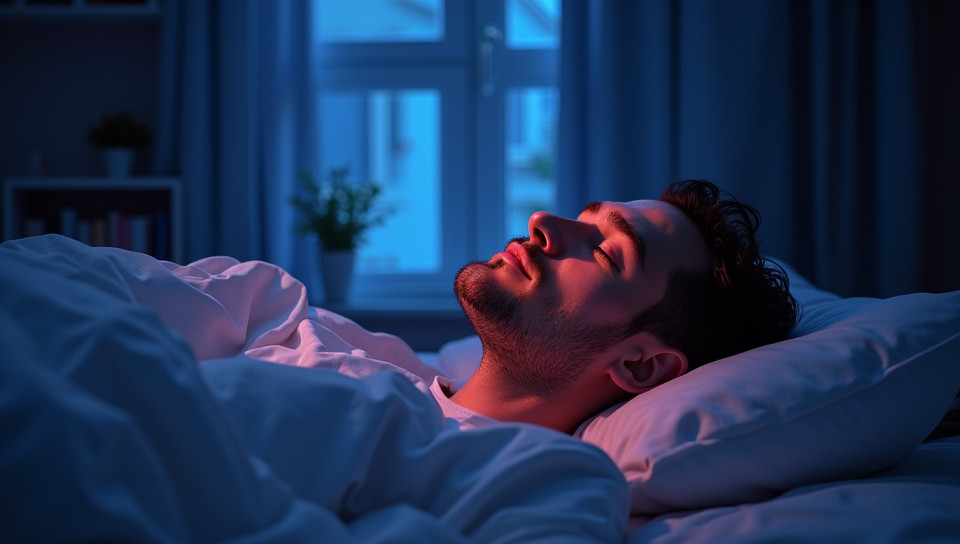Melatonin secretion is influenced by phototherapy treatments 61%

The Hidden Connection Between Light and Sleep
Do you often find yourself struggling to fall asleep or staying awake during the day despite getting adequate rest? The answer might lie in your exposure to light, particularly when it comes to phototherapy treatments. Recent studies have revealed a significant correlation between phototherapy and melatonin secretion, shedding new light on the complex relationship between our circadian rhythms and the environment around us.
What is Melatonin Secretion?
Melatonin is a hormone produced by the pineal gland that plays a crucial role in regulating our sleep-wake cycles. It's often referred to as the "sleep hormone" because its levels typically rise in the evening, helping us feel drowsy and relaxed, and decrease during the day, making us feel alert and awake.
The Impact of Phototherapy on Melatonin Secretion
Phototherapy involves exposure to specific wavelengths of light, usually blue light, which has been shown to have a profound effect on melatonin secretion. Studies have demonstrated that even brief periods of phototherapy can suppress melatonin production in individuals with seasonal affective disorder (SAD) and healthy subjects alike.
- Reduced melatonin levels can lead to:
- Difficulty falling asleep
- Poor sleep quality
- Increased fatigue
- Mood disturbances
How Does Phototherapy Affect Melatonin Secretion?
The exact mechanisms behind phototherapy's influence on melatonin secretion are still being researched. However, it's believed that exposure to blue light suppresses the production of melatonin by:
- Inhibiting the activity of enzymes responsible for converting tryptophan into serotonin and melatonin
- Suppressing the expression of genes involved in melatonin synthesis
Implications for Sleep and Circadian Rhythms
The connection between phototherapy and melatonin secretion has significant implications for our understanding of sleep and circadian rhythms. By manipulating light exposure, we can influence our internal clocks and regulate our sleep-wake cycles more effectively.
- Phototherapy can be used to treat SAD and other circadian-related disorders
- Exposure to specific wavelengths of light can help improve alertness and productivity during the day
- A better understanding of phototherapy's effects on melatonin secretion can inform the development of new treatments for sleep disorders
Conclusion
The relationship between phototherapy and melatonin secretion is a complex one, with significant implications for our understanding of sleep and circadian rhythms. By recognizing the impact of light exposure on our internal clocks, we can develop more effective strategies for regulating our sleep-wake cycles and improving overall well-being. As research in this area continues to evolve, it's clear that phototherapy will play an increasingly important role in shaping our relationship with light and sleep.
- Created by: Sebastián Salazar
- Created at: Feb. 17, 2025, 12:11 a.m.
- ID: 20187









